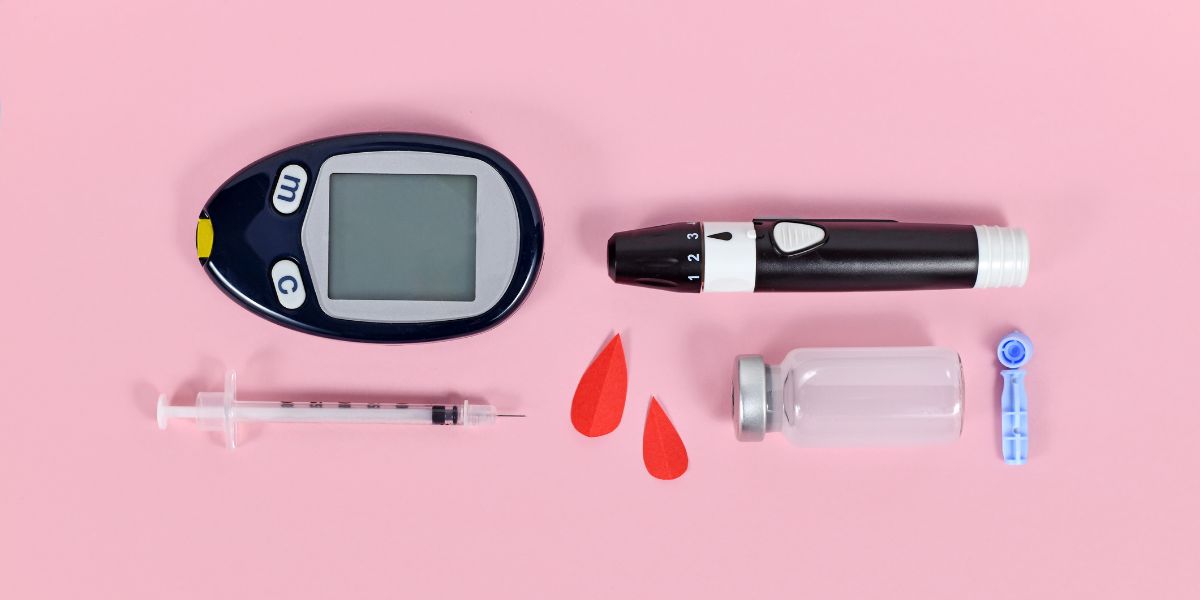Sport is certainly compatible for insulin pump users and a number of professional sports people, including Steve Redgrave , have used insulin pumps.
Insulin pumps offer some distinct benefits when it comes to sport as they offer the chance to increase or decrease the rate of insulin you receive before, during and after exercise.
Questions to consider when taking part in sport
There a number of factors that, as an insulin pump user, you’ll want to take into consideration when taking part in sport:
- How long will the session of sport last?
- How does the sport tend to affect your blood glucose levels?
- How should I adjust my insulin dose?
- Is there a risk of the tubing getting tugged?
- How can I prevent my pump getting damaged?
- Which sports should a pump not be worn for?
- Will wearing the pump affect my performance?
- Where can I wear my pump during sport?
How long are you exercising?
The length of time you are exercising for can be a factor in whether to wear your pump. It’s generally recommended not to disconnect your pump for more than 1 hour.
If you are taking part in a sport with a long duration, such as a long distance ru, swim or cycling event, you may need to either wear your pump through the sport or take another approach.
Longer durations of exercise will generally decrease blood glucose levels if you are delivering your normal background rate of insulin and have not taken carbohydrate prior to exercising.
If you choose to disconnect from your pump or suspend insulin delivery then whether your blood glucose levels rise or fall can depend on the intensity of the exercise you’re doing and how long you exercise for. The effect on your sugar levels can also vary from one person to another.
If you are taking part in a long period of exercise, it may be appropriate to switch to insulin injections on the day of the sport. Speak to your diabetes health team if this is an option you wish to consider.
How does the sport affect your sugar levels?
Different sports can affect different people in different ways and in some cases the effects can vary from one session to another. Some sports can raise blood glucose levels whereas other sports may lower sugar levels.
- Read more detail about the effect of different sports on blood glucose levels
Blood glucose testing before, after and, where possible, during sport can help you to spot trends in how your own sugar levels are affected by a particular sport or exercise.
If you are taking part in a sport that lowers blood glucose levels but doesn’t last more than an hour, it may be beneficial to disconnect your pump for that sport. Some people may decide to give a small bolus shortly before disconnecting their pump. It is recommended to discuss whether this would be appropriate with your doctor.
If, however, the sport tends to raise your blood glucose levels, you may need to stay connected to your pump to prevent your blood glucose levels going too high.
Your diabetes health team should be able to help you with making insulin dosing decisions and whether or not to disconnect your pump.
How should I change my insulin dose?
This answer will only be relevant if you’re choosing to keep your pump attached for exercise.
If the exercise you’re going to take is known to lower your blood glucose levels, you will either need to take carbohydrate before or during exercise to prevent your blood glucose levels going too low or you can choose to lower the rate of insulin delivery or the suspend the insulin delivery.
If the exercise you’re going to take is likely to raise your blood glucose levels, you may wish to increase your rate of insulin delivery. If increasing your rate of insulin for exercise, take care to avoid hypos. Low blood glucose levels are more likely to occur the longer amount of time you exercise for when you are delivering insulin to your body.
A key benefit of wearing your insulin pump for sport is that you have the opportunity to increase or decrease the delivery of insulin at the press of a few buttons if your blood glucose levels are going too high or low during exercise.
It is best not to risk having very low glucose levels. If you are unsure how best to adjust your rate of insulin, speak to your diabetes health team.
Should I adjust my basal rate after exercise?
Following a period of exercise, your muscles will take in glucose from your blood to replace the glycogen (a form of glucose) they will have used during exercise. This often means that people with type 1 diabetes have a higher tendency to experience hypos up to 48 hours after exercise.
The advantage of being on an insulin pump is that you can switch to a lower basal rate than normal to reduce the chances of going hypo. Your health can help you to decide by how much and for how long to reduce your basal dose for. With experience, you can tailor changes to your basal rate following different exercises and different durations of exercise.
Will my insulin pump’s tubing get caught?
Depending on the sport you’re playing, keeping your pump under your sports wear may be enough to ensure the tubing doesn’t get caught.
Some sports which may involve contact with other competitors, such as football or netball, may require more planning to prevent the tubing get caught on anyone or anything.
Wearing shorter lengths of tubing can be helpful and some people may wish to secure the tubing out of the way by taping the tubing to your body. Another option is to wear tight sports wear, such as cycling shorts or a tight Lycra jersey over the pump and infusion site.
It may also be possible to buy or make your own specially adapted clothing to keep your pump and tubing secured where it needs to be.
Will my pump get damaged during sport?
The risks of a pump getting damaged vary from sport to sport. You’ll want to take care that the pump cannot be trodden on or hit by a stick or a hard ball, such as in cricket or hockey.
In sports such as cycling, skating or skateboarding, the biggest risk of damage may be if you take a particularly hard fall. Insulin pumps are fairly durable but if taking part in sports with a risk of suffering a strong impact, it may be advisable to either disconnect the pump or take another form of insulin delivery, such as an insulin pen or syringe just in case part of your pump gets damaged.
It’s a good idea to discuss whether to disconnect your pump and what contingency measures you can take with your diabetes health team.
Which sports shouldn’t I wear my pump for?
Some sports may make wearing a pump unsuitable. For contact sports, such as rugby, boxing or judo, it may not be appropriate to have an insulin pump attached as it may increase the risk of injury for you or others.
For swimming, there are some waterproof pumps available but it may still be appropriate to disconnect the pump. Read more about insulin pumps and swimming
If you need to disconnect your pump for a particular sport, it may be worthwhile speaking to your health team about how you can best manage your blood glucose levels.
Will my pump affect my performance?
If you are taking part in sport competitively, you’ll need to consider whether your pump may affect your performance and what you can do to reduce this being the case.
Insulin pumps are quite small and compact so shouldn’t add too much extra weight to runners or cyclists.
In some cases wearing an insulin pump may affect your performance, particularly if you’re worried the tubing might get caught or about whether the infusion set may come loose.
Some of these worries can be reduced, such as by taking extra care to secure your pump and tubing or to apply an extra tough adhesive to your infusion site.
If your insulin pump gets in the way of your performance, it’s worth talking with your diabetes health team about other options, which may include disconnecting your pump during sport or switching to injections prior to a day of sport.
Where can I wear my pump during sport?
The type of sport you’re taking part in may make a difference to where you wear your insulin pump. You will want to wear your pump in a place where it is not likely to be knocked on you or another competitor and where the tubing won’t get snagged.
Depending on the sport you choose, thigh and arm bands can be a good option. A popular option for women is to wear the pump in a bra pouch or within a sports bra. A further option is an insulin pump harness which can hold your insulin pump on your back and may present a good option for jogging.
It is also worth considering where your place your infusion site for a particular sport. For example, having the infusion site on your legs when doing running will likely increase the speed at which the insulin is absorbed and may increase the chance of a hypo.




